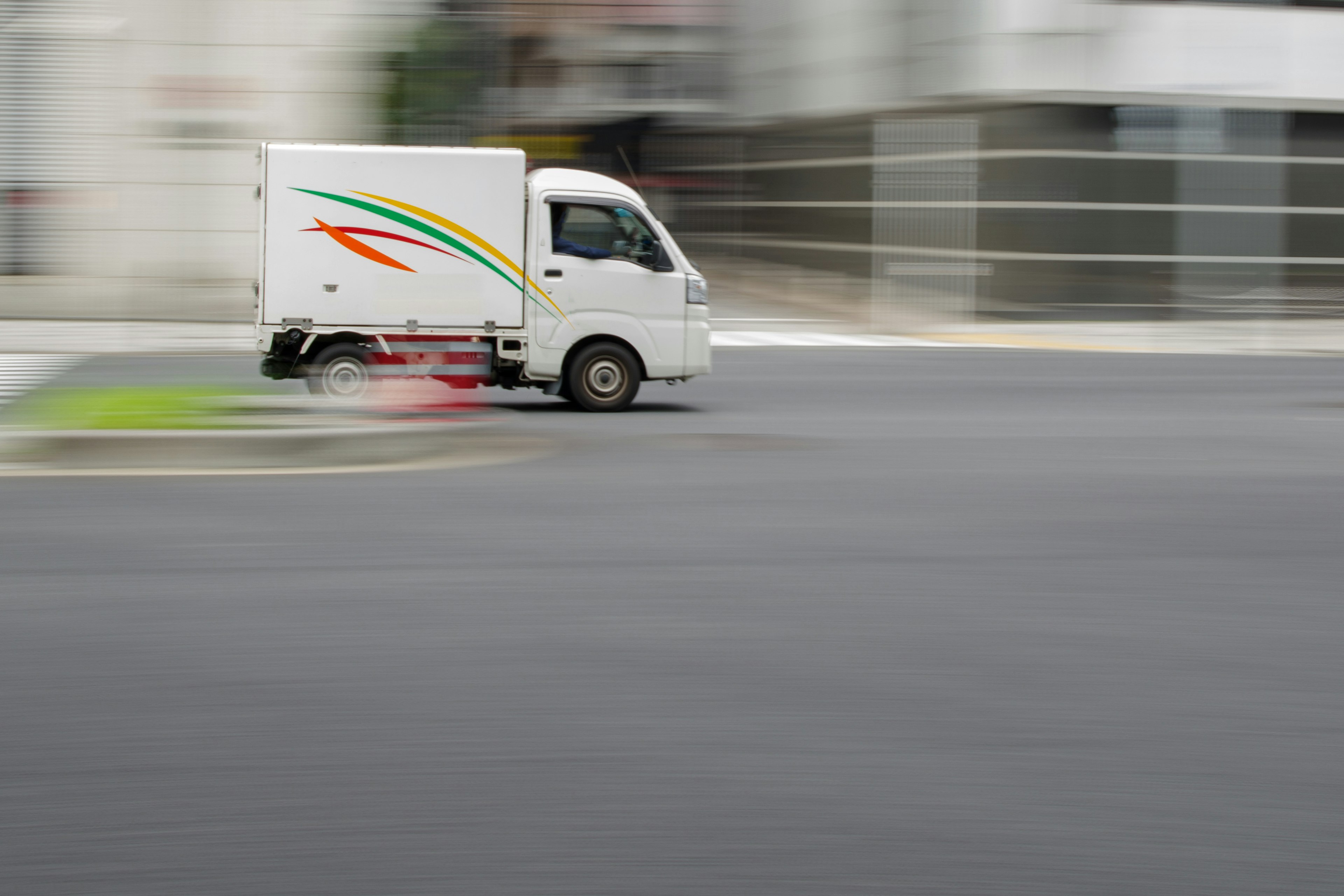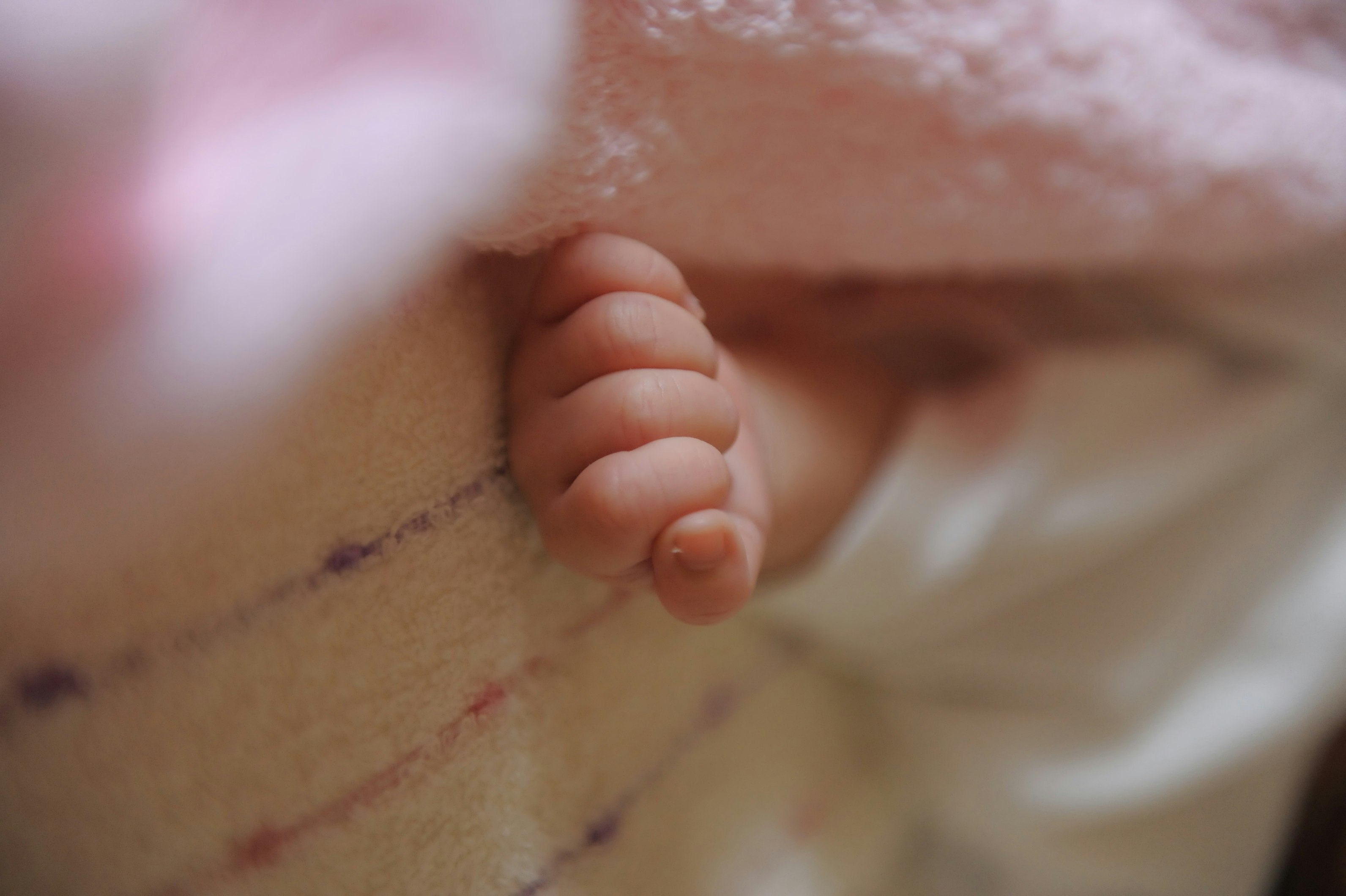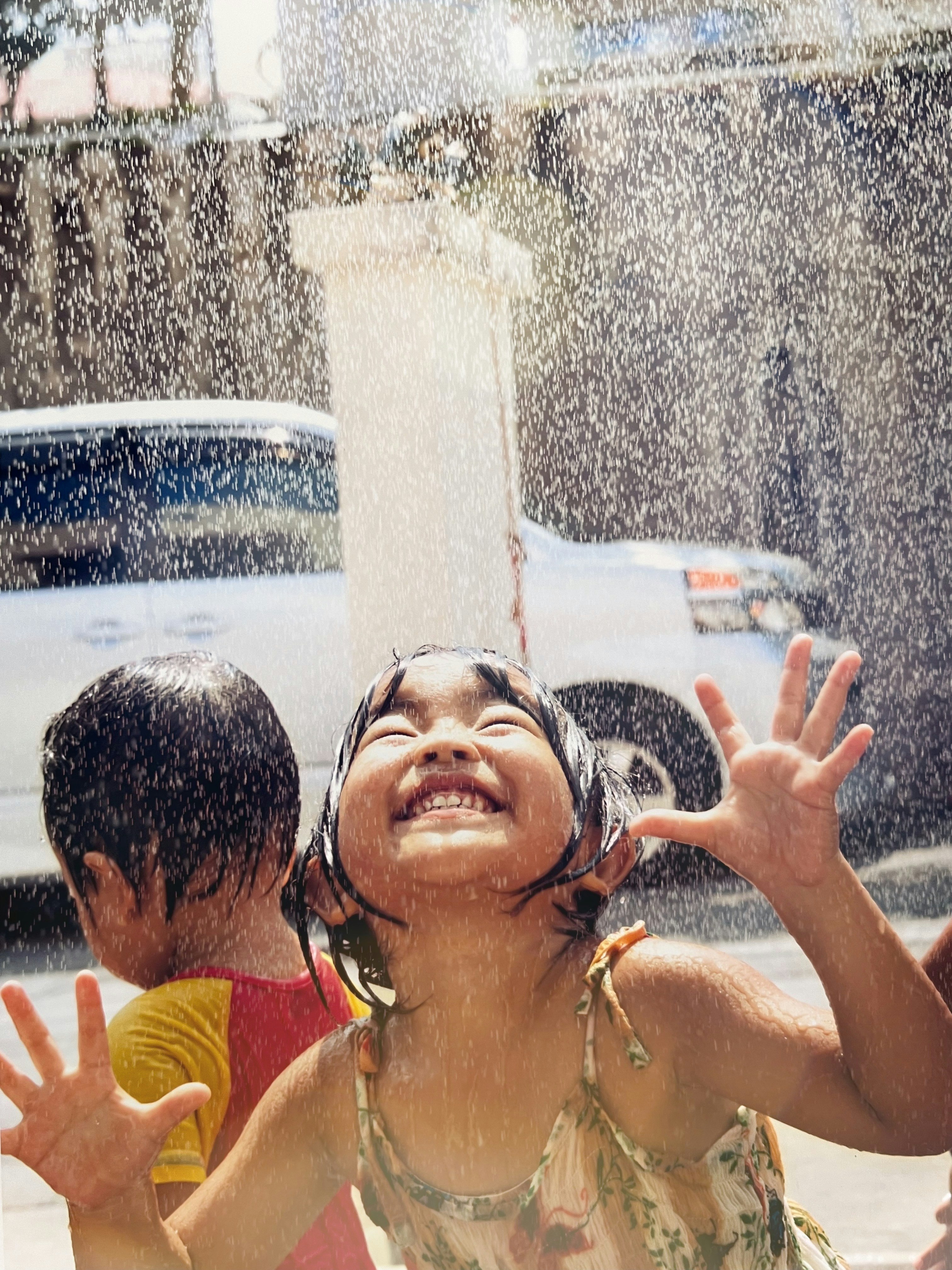
Cover image by まるう
When shooting with a mirrorless camera, you might notice there are two types of shutter settings: "mechanical shutter" and "electronic shutter". Many people may have been shooting without paying much attention to which shutter they use, but each of these shutter types has its own unique characteristics.
This time, we will introduce the differences between mechanical and electronic shutters.
In many mirrorless cameras, you can switch between "mechanical shutter" and "electronic shutter" from the camera's settings menu. Use this information to choose the optimal shutter type according to the scene and subject!
Features of Mechanical Shutters
Mechanical shutters use a physical shutter curtain to allow light to reach the image sensor. They are featured in DSLR cameras and some mirrorless cameras, and are known for having minimal motion distortion. For example, when photographing fast-moving subjects like trains or airplanes, mechanical shutters provide natural images with reduced distortion.

Image by Tsubasa Mfg
Additionally, they are resistant to flicker, making them suitable for shooting under artificial light with minimal color variation, ideal for flash photography and indoor shooting. The presence of shutter sound provides a sense of shooting, which some users find appealing.
On the downside, the shutter sound can be disruptive in quiet environments. The vibration from the shutter opening and closing can cause blur, especially when shooting at low shutter speeds, so caution is needed. Furthermore, the continuous shooting speed is slower compared to electronic shutters, which can limit performance in situations requiring rapid shooting.

Image by tskktskk
Features of Electronic Shutters
Electronic shutters do not use a physical shutter, instead, the image sensor directly reads the light. This allows for near-silent operation, making it possible to shoot silently in quiet places or events. For example, they are ideal for scenes where you want to shoot without making noise, such as concerts, theaters, or sleeping babies.

Image by DragonOne
They also allow for high-speed continuous shooting, capturing dozens of frames per second, making them powerful for capturing moments in sports or wildlife photography. Since there is no shutter-induced blur, electronic shutters provide stable results even in long-exposure photography where avoiding subtle vibrations is crucial.

Image by 永山敏也
However, electronic shutters have some limitations. They are prone to rolling shutter effects, causing distortion in images of fast-moving subjects. They are also more susceptible to flicker under fluorescent or LED lighting, which can result in color inconsistencies. Additionally, some models have restrictions on flash use, so if flash photography is frequently used, a mechanical shutter may be necessary.
Suitable Shooting Scenes and Camera Selection Tips
Advantages and Disadvantages of Mechanical Shutters
- Advantages
- Minimal motion distortion
- Resistant to flicker
- Flash use is possible
- Shutter sound provides a sense of shooting
- Disadvantages
- Shutter sound is disruptive in quiet places
- Vibration from shutter can cause blur
- Slower continuous shooting speed compared to electronic shutters
Advantages and Disadvantages of Electronic Shutters
- Advantages
- Silent shooting is possible
- High-speed continuous shooting
- No shutter-induced blur
- Higher durability with less wear than mechanical shutters
- Disadvantages
- Prone to rolling shutter effects
- More susceptible to flicker
- Flash use is often restricted
Understanding the characteristics of both mechanical and electronic shutters allows for optimal selection according to the shooting scene. Mechanical shutters are suitable for subjects moving quickly sideways, like trains or airplanes, and for portrait photography using flash. On the other hand, electronic shutters excel in scenes requiring silent shooting, high-speed continuous shooting in sports, and still life photography.
Recently, hybrid technologies like "electronic front curtain shutters" have emerged, combining the benefits of both mechanical and electronic shutters. This allows for reduced motion distortion while enabling high-speed continuous shooting, expanding the range of photography. When choosing a camera, it's important to select the shutter type that best suits your shooting style and subjects.
Enjoy the evolving world of cameras with the latest technology, and find the shooting style that suits you best!



